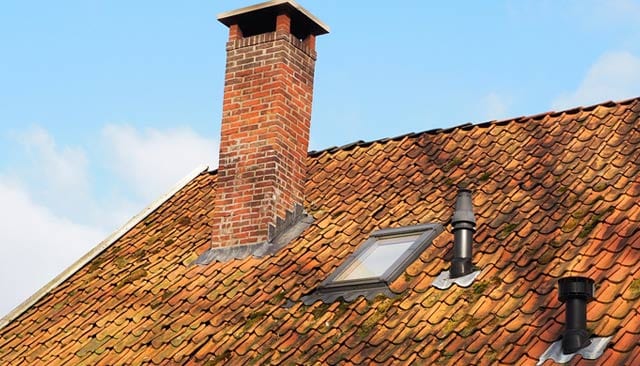
Importance of getting roof flashing done
Roof flashing is the process of using galvanized steel sheets for the purpose of deflecting the water away from essential portions of the roof like where the plane of the roof meets vertical sections of the house like chimneys or walls. Roof elements like chimneys, skylights, and vents are always surrounded by flashing. Thus, instead of going towards the roof deck, water runs down through the flashing side and makes its way towards the shingle.
One of the most common causes observed behind roof leaks is poorly installed or damaged roof flashings, specifically around the sections of roof cricket, chimney or dormer. As per the Federal Emergency Management agencies; proper roof flashing can protect from deck collapse and wood rot. You can find more details about roof flashing at Metal flashings on a roof prices in Ireland – Litcore.
Varieties of roof flashing
Roof flashing is available in many varieties, depending on the sections of the roof. Each of the roof sections needs a safe garden. The following are the most critical roof flashing types available:
Continuous flashing
Continuous flashing is also referred to as apron flashing. It mimics an aprons appearance. It is a single metal piece that runs the length of the roof and carries the water towards the tiles located below. Continuous flashing has one problem. When the home contracts and expands with seasons, it may distort or crack, making it ineffective at keeping the water away. Thus, long sections have expansion joints.
Counter flashing
Counter flashing is placed either opposite or above the base flashing. It is a part of a two-part team.
Step flashing
Step flashing is a flashing involving a rectangular piece bent at 90 degrees angle in the middle. It is utilized for flashing between roofs and walls. Multiple flashing pieces are put in layers with the shingles to ensure that the water moves away from the wall.
Skylight flashing
Some skylight manufacturers tend to include flashing in the product itself. However, sometimes roofing contractors have to make their own or purchase skylight flashing separately.
Valley flashing:
if the roof has open valley selections, then metal flashing needs to be installed to protect this crucial region.
Drip edges
This type of metal flashing runs along the edge of the roof to protect the edges. This allows the roof water to drip down without causing any damage to the top or producing a leak.
Kickout flashing
Kickout flashing is used when roofing contractors bridge the space between step flashing and gutter flashing. Kickout flashing moves the water away from the wall sections and the gutter.
The type of lashing you will need will depend on the type of roof that you have. When you select a roofing contractor, make sure to talk to your acquaintances and friends. You can also check reviews online. Do not settle for the first roofing contractor you meet. Make sure to speak to a few different ones, ask about their opinions on what needs to be done, get estimates, and then decide.
